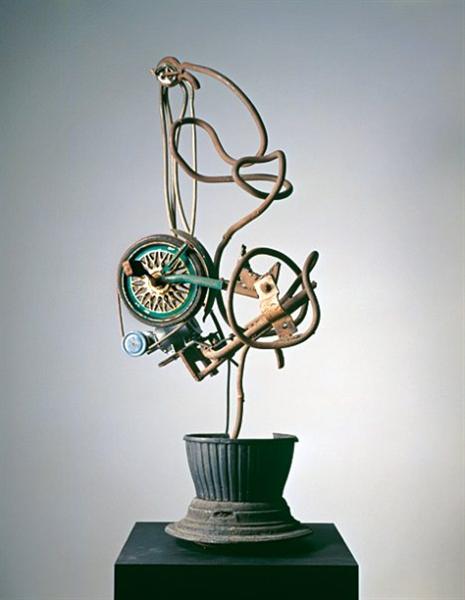Title of Artwork: “Birth of Venus”

Artwork by Alexandre Cabanel
Year Created 1863
Summary of Birth of Venus
Alexandre Cabanel’s painting, The Birth of Venus (French: Naissance de Venus), depicts the birth of Venus. The Musée d’Orsay in Paris houses this 1863 work of art. Smaller (85 x 135.9 cm) and ca. 1864 version is held by Dahesh Museum of Art. The Metropolitan Museum of Art in New York City houses a third (106 x 182.6 cm) version from 1875.
All About Birth of Venus
Napoleon III purchased The Birth of Venus at the Paris Salon in 1863 after seeing it at the exhibition. Cabanel was promoted to professor at the Ecole des Beaux-Arts in the same year.
Cabanel’s historicized erotic imagery appealed to society’s upper crust because of its propriety. Cabanel’s The Birth of Venus has been described by art historian and curator Robert Rosenblum as “This Venus hovers somewhere between an ancient deity and a modern dream” Rosenblum also noted that “the ambiguity of her eyes, that seem to be closed but that a close look reveals that she is awake … A nude who could be asleep or awake is specially formidable for a male viewer” Robert Rosenblum wrote.
Manet and Cabanel were bitter adversaries, but the Academy’s inability to appreciate new ideas and sources of inspiration was ultimately responsible for their demise..
The Birth of Venus was one of many female nudes on display at the Salon of 1863. Venus, resplendent in iridescent hues, peers shyly out from the crook of her elbow at the viewer. Two years later, Manet returned to the Salon with his now-famous painting Olympia. Both are currently on display at the Musee d’Orsay. Manet painted Olympia with a pale, placid skin tone and darkly outlined the figure, unlike Venus’ ethereal-like palette. Even though she puts her hand over her leg, it’s not because she’s shy—you have to pay to see her face. Cabanel’s Birth of Venus, on the other hand, is far more sexually appealing despite its mythological guise,” writes James Rubin of the two works. He clearly demythologized the female nude as a timely reminder of today’s realities. “What is this odalisque with a yellow belly, ignoble model dredged up from who knows where?” the majority of critics asked. “The painter’s attitude is of incomprehensible vulgarity,” he continues.
Cabanel’s relaxed posture and sleepy expression convey her personality in subtle ways. “The lightest colour used in The Birth of Venus alludes to the lightness and enlightenment of relaxation, amplifying the placid demeanour and virginity of the reclining nude,” writes Jenna-Marie Newberry of Venus. They are derived directly from his previous paintings, with their contrapposto twist and dramatic swoop of an arm over the face. The face of Venus dominates the entire foreground of the image. A darker shade of blonde was added to her hair, enhancing her allure and purity. One gets the impression that they are seeing a goddess simply enjoying the beauty that surrounds her. When she looks at you, she doesn’t say anything. The viewer is privy to the scene because she is a part of it. Following the accepted canon of the time, Cabanel created a seductive painting of a mythological beauty that was acceptable to viewers at the time of its creation because it was presented in a calculated manner. His dark-eyed heroines with thinly painted, usually muted-colored and immaculately drawn heroes were popular on both sides of the Atlantic following the Salon, it was said afterward.
Information Citations
En.wikipedia.org, https://en.wikipedia.org/.























